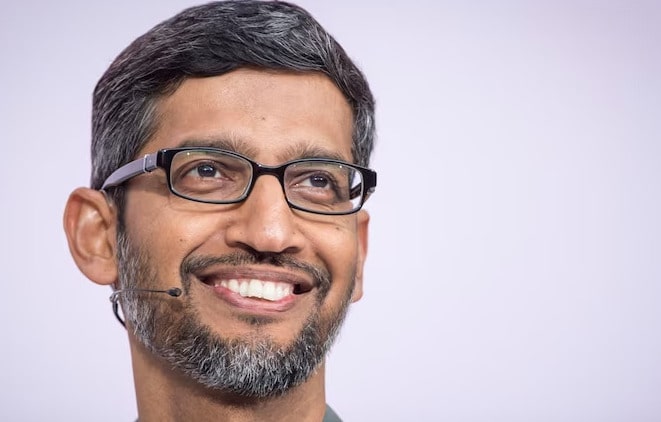By: Rohit Vadera, CEO, PURE EV
The future of electric mobility in India is on the cusp of a sustainable revolution, propelled by the ambitious initiatives of the government, particularly the Future of Electric Mobility in India with the FAME II scheme. Enacted in 2019, FAME II is set to redefine transportation in India, ushering in a new era of clean and efficient mobility. With its emphasis on incentives, indigenous manufacturing, infrastructure development, and charging infrastructure, FAME II holds the key to unlocking the full potential of electric vehicles (EVs) in the country. It is important to understand the transformative impact of FAME II on India’s electric mobility landscape, highlighting the opportunities and challenges that lie ahead.
Incentivising Adoption
At the heart of the FAME II scheme lies the objective of incentivizing the widespread adoption of electric vehicles. By providing financial support and subsidies, the government aims to bridge the cost gap between conventional and electric vehicles, making EVs more affordable and accessible to a broader consumer base. FAME II offers substantial incentives to both consumers and manufacturers, encouraging the production and purchase of electric vehicles. These incentives range from financial subsidies to reduced goods and services taxes, aiming to propel the electric mobility market forward and accelerate the transition to cleaner transportation alternatives.
Catalysing Domestic Manufacturing
FAME II has an explicit focus on promoting domestic manufacturing of electric vehicles and their components, thereby boosting self-reliance in the sector. This not only reduces dependence on imports but also stimulates the growth of the domestic manufacturing ecosystem, generating employment opportunities and nurturing technological advancements. By encouraging homegrown manufacturing capability, FAME II paves the way for India to become a global hub for electric vehicle production, fostering economic growth and technological innovation in the process. The scheme’s emphasis on domestic manufacturing aligns with the government’s larger vision of the “Make in India” campaign, fostering a favourable ecosystem for electric vehicle manufacturers and positioning India as a global leader in sustainable mobility.
Charging Infrastructure Development
A robust and well-developed charging infrastructure is vital for the widespread adoption of electric mobility. Recognizing this, FAME II allocates a significant portion of its budget to the establishment of charging stations across the country. The scheme aims to enhance the accessibility and reliability of charging infrastructure in urban areas, highways, and public spaces, ensuring that EV users can easily recharge their vehicles. This infrastructure push not only reduces range anxiety but also instils confidence in potential EV buyers, facilitating a smoother transition to electric mobility. By investing in charging infrastructure, FAME II is laying the foundation for an EV-friendly ecosystem that supports the growing fleet of electric vehicles in India.
Overcoming Challenges
While FAME II presents numerous opportunities, it also comes with its own set of challenges. Limited consumer awareness, concerns over range anxiety, and the need for continued technological advancements pose obstacles to the mass adoption of electric vehicles. By proactively addressing these challenges, FAME II sets the stage for a sustainable and thriving electric mobility market in India.
However, in a recent notification by the Ministry of Heavy Industries, the government announced a reduction in the subsidies provided under the FAME II scheme for electric two-wheelers. The demand incentive has been decreased from Rs. 15,000 per kWh to Rs. 10,000 per kWh, and the cap on incentives has been lowered from 40% of the ex-factory price to 15%. The Ministry of Heavy Industries has recommended this subsidy cut to an inter-ministerial panel, intending to offer benefits to a larger number of buyers. However, this reduction in subsidies may result in electric two-wheelers becoming more expensive.
With some additional infrastructure building, the industry players can overcome the challenges posed by the subsidy cut, e.g., investment in R&D, charging infrastructure development, partnering with other companies for charging solutions and brand building. By taking these steps, the industry players can overcome the challenges posed by the subsidy cut and continue to grow the electric two-wheeler market in India.
With or without the FAME II scheme, the future of electric mobility in India is poised for a sustainable revolution in transportation. By incentivizing adoption, catalyzing domestic manufacturing, developing charging infrastructure, and tackling challenges head-on, FAME II had already paved the way for a cleaner, greener, and more efficient mobility ecosystem. As India embraces electric mobility, initially FAME II served as a beacon of progress, propelling the nation towards a future where sustainable transportation is not just a vision but also a tangible reality.
Disclaimer: Views expressed are personal and do not reflect the official position or policy of Financial Express Online. Reproducing this content without permission is prohibited.
As India embraces electric mobility, initially FAME II served as a beacon of progress, propelling the nation towards a future where sustainable transportation is not just a vision but also a tangible reality.










